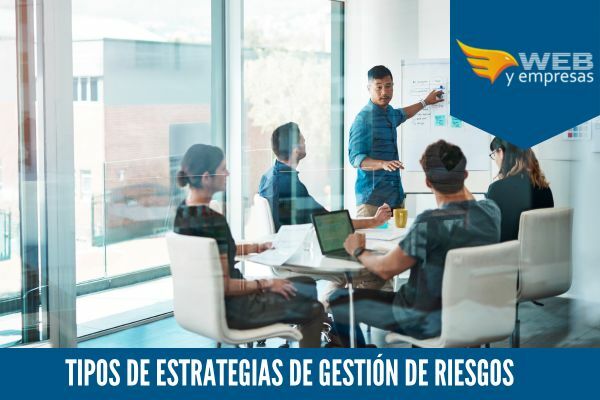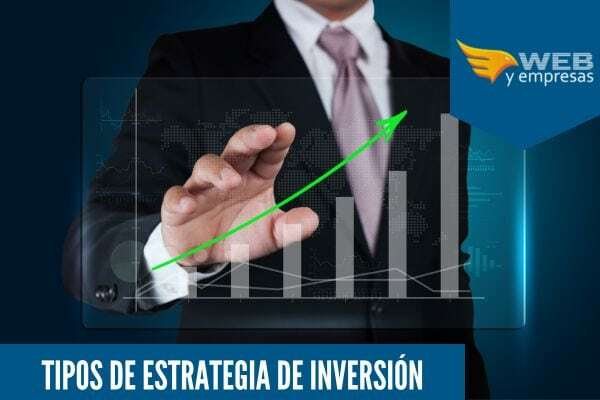The current assets, is the liquid asset that occurs at the end of a year or in the event that it can be converted into money before reaching the twelve-month term. It is an asset that is continuously in operation and can be sold, used, transformed into cash or delivered as payment for a common operation.
East asset type belongs to the rights and assets of an organization, which are identified by their liquidity. This means that companies have these assets at their disposal in liquid form at the moment or they normally do it within the production cycle. The greater the amount of liquid assets, the greater the liquidity.
Advertisements

In this article you will find:
Characteristics of current assets
Among the most important characteristics of this asset are:
Advertisements
- It is used for the payment of debts of short term.
- Cash can be found in banks, savings banks and in temporary investments.
- It facilitates the conversion into money in a period of less than one year.
- Incorporates the raw material that is in the inventory and in the procedures or products that are already finished for sale.
- It covers all the expenses that are generated during the development of the normal operations of the organization.
- Includes accounts that must be charged to customers.
- These assets can become permanent or temporary.
Current asset rates
These assets can be classified as follows:
Existence
In this type of asset there are material goods such as products that are waiting for sale, these can be very varied and this will depend on the type of organization.
Advertisements
In the same way, the components of different production processes of a company can be obtained such as raw materials, production machinery and semi-finished products or already finished.
These are characteristics that are directly related to the large companies that produce and sell goods, which can be divided according to the existence, administration and management of the way following:
Advertisements
1. Commercial stocks
This is merchandise that is only purchased by suppliers, in order to be able to resell it directly, that is, it does not need additional transformation processes.
2. Raw Materials
It refers to all the resources, products or purchases that the company has available to be able to carry out the industrial transformation processes and thus make its own products.
Advertisements
3. Other supplies
In this category are the products and merchandise that are used to maintain the operability in the company, where they can be obtained elements such as fuel, a variety of materials, spare parts, packaging, third-party materials to be transformed, office supplies, among others.
4. Products in progress
These are the goods that are in the process of transformation during the balance sheet closing that are neither waste nor semi-finished.
5. Semi-finished products
They are those products manufactured by the company, which has not yet completed its production process and consequently cannot be sold until its production process is finished.
6. Finished products
When their manufacturing process has been completed and they can be sold.
7. By-products, waste and recovered materials
They are the products to which a sale value is attributed and in the same way they can be accounted for, even if they have a reduced sale value.
Treasury and cash
This is composed of the entire amount of available liquid money that can be used immediately, which is obtained by the different instances such as short-term investments that have great liquidity, the cash register and the banks and institutions of credit.
In relation to short-term investments, so that they can be fulfilled with that distinctive characteristic, they have to be ordinary in terms of business management so that they have a easy access, therefore, they must be converted into cash in a shorter term, in addition to being a safe capital and thus not being a risk that rigidly modifies the amount inverted.
Customers
This item establishes the debts that are in favor of the organization, such as the debts of the buyers of the goods and services offered by the company and the credits commercial companies that aspire to collect in the short term, all this originates from the productive activities of the different commercial entities and is included in subaccounts such as the case of:
1. Fatoring operations
Where the credits provided through factoring are included, in case the company assumes the benefits and risks of the collection process.
2. Customers
It is the amount charged through the invoices issued and sent to process the collection of goods and services from customers. These charges must be paid once the final payment has been made.
3. Appropriate companies
It includes the debts of the clients belonging to the organization and various associated groups that belong to the same productive group.
Financial accounts
These are short-term assets that are totally liquid, which means that they are the cash that comes in and goes out. constantly for being part of the productive and commercial activity that belongs to the economic rights and obligations that belong to:
- Short-term financial investments.
- Short-term financial investments in related parties.
- Non-bank accounts.
Importance of current assets
When speaking of a current assets, refers to the balance sheet of the organizations, therefore it is an essential document that must be within the accounting of a business. It is necessary to make a good balance, since it is very important to have the knowledge of how the internal development of the business is.
When the calculations of these assets, as well as capital and liabilities, you can have an approximate amount of money you have available, what are the debts that are pending and the whole situation in general on the deal.


